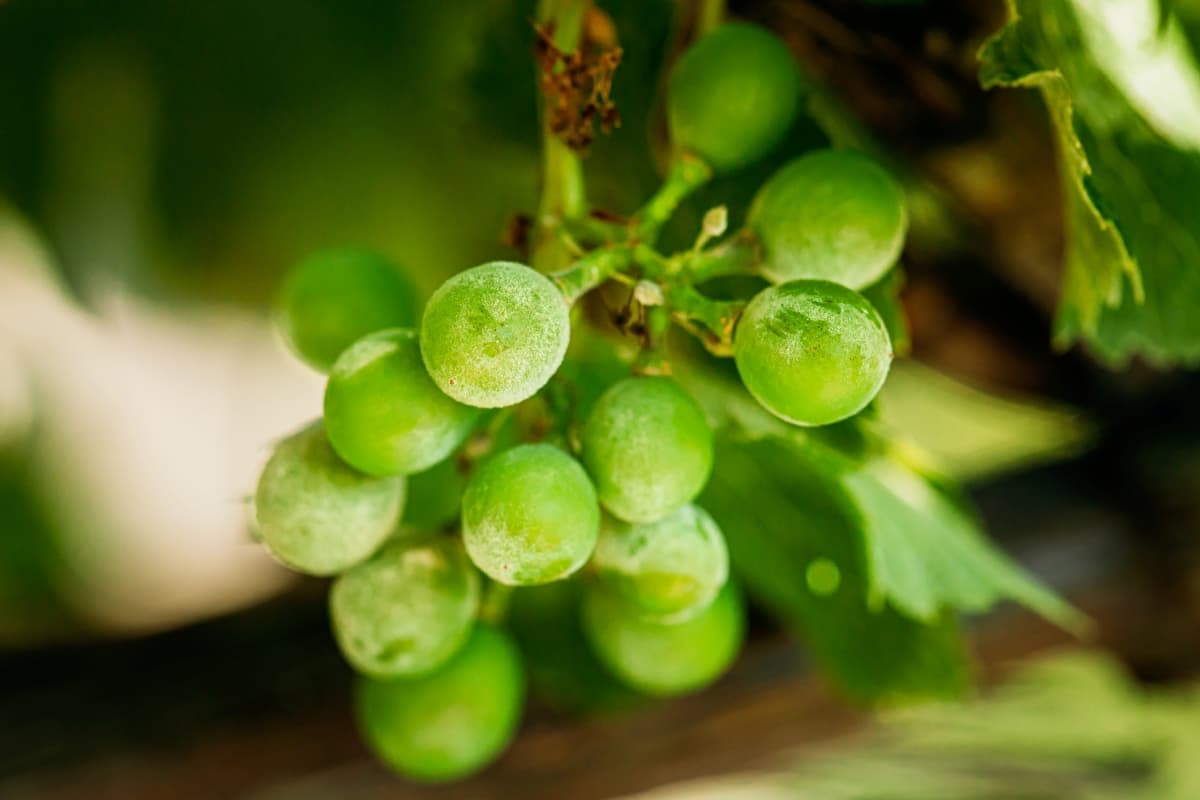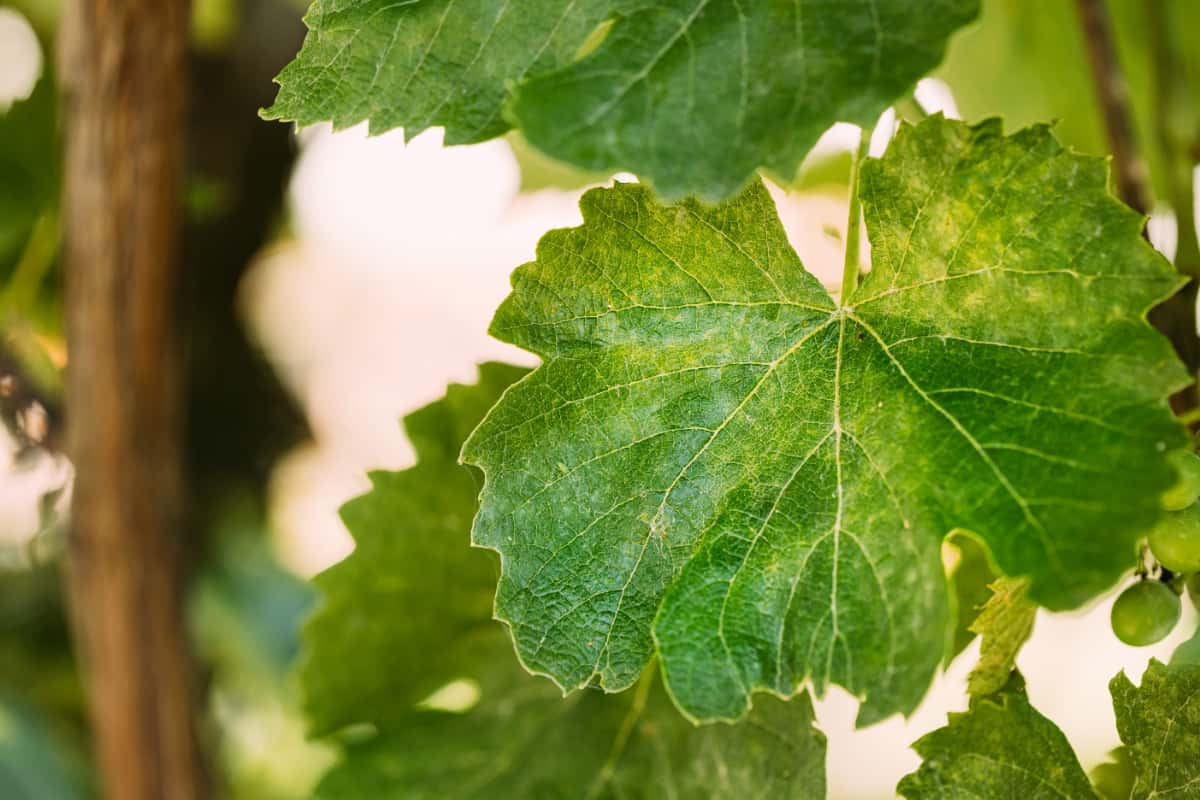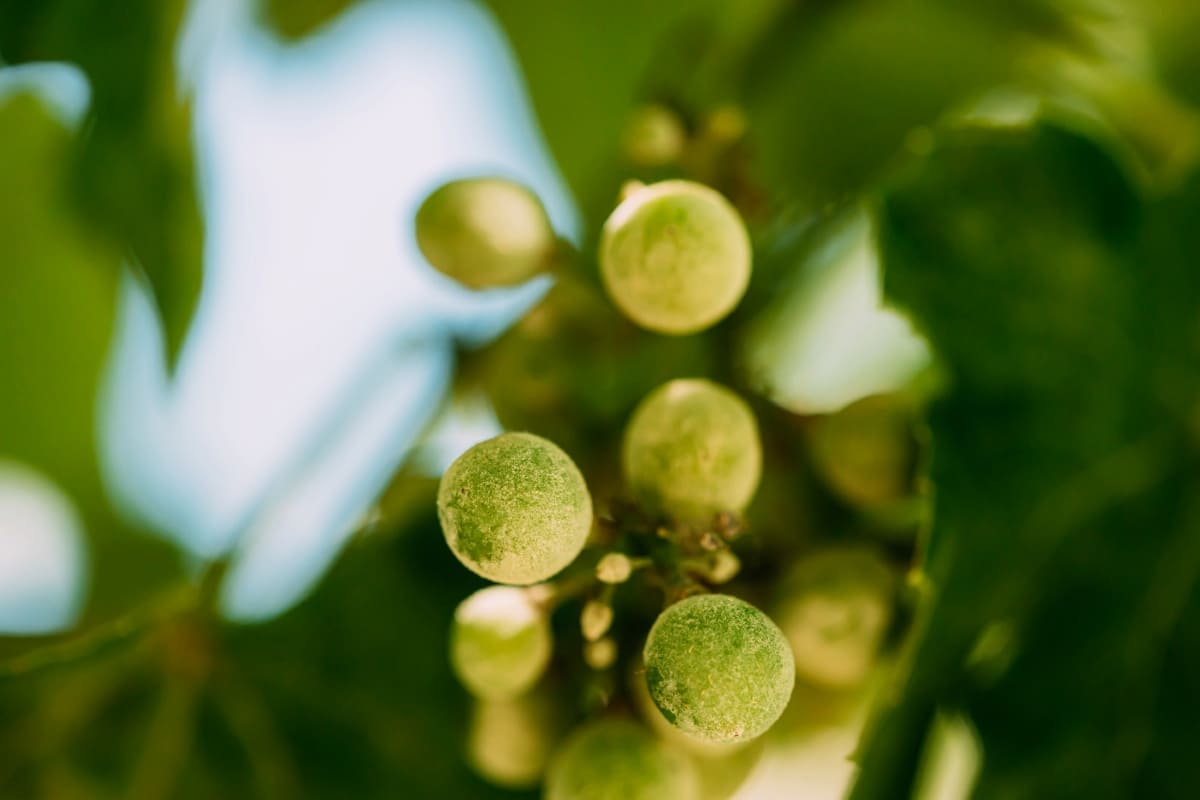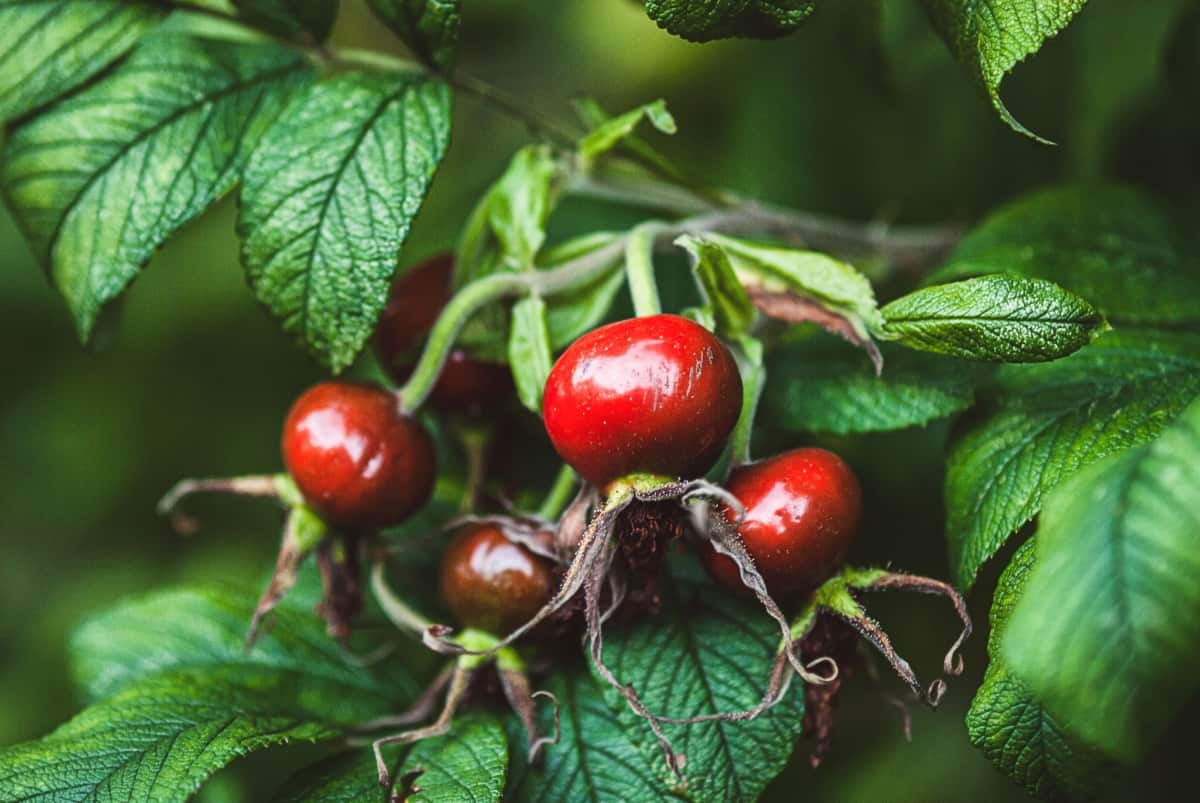Downy mildew is a typical fungal disease that affects many plants, especially those grown in humid and wet conditions. It can cause major losses in crop yield and quality, as well as aesthetic damage to ornamental plants. In this blog post, we will study what causes Downy mildew, how to identify it, how to treat it, and how to prevent it in different settings.

How to Prevent Downy Mildew
What Causes Downy Mildew?
The oomycetes, also referred to as water molds, are a group of fungi that cause downy mildew. These fungi are not true fungi, but they have similar characteristics and life cycles. They produce spores that wind, water, insects, or contaminated tools and equipment can disperse. The spores can survive on plant waste or in the soil for long periods, waiting for favorable conditions to germinate and infect new hosts.
The oomycetes that cause downy mildew are host-specific, meaning they only infect certain types of plants. For example, the downy mildew that affects grapes is different from the one that affects cucumbers. However, some oomycetes can infect a wide range of plants within a family or genus. For example, the downy mildew that affects lettuce can also infect other leafy greens such as spinach and kale.
How to Identify Downy Mildew: Symptoms and Signs to Look For
- yellowing, browning, or wilting of leaves
- white, gray, or purple fuzzy growth on the underside of leaves or stems
- Angular or irregular spots or patches on the upper surface of leaves
- Distortion or curling of leaves or flowers
- Premature leaf drop or flower abortion
- Reduced growth or stunted development
The symptoms of downy mildew may be confused with other diseases or disorders, such as powdery mildew, bacterial leaf spot, nutrient deficiency, or drought stress. Therefore, it is important to examine the plant closely and look for the characteristic fuzzy growth on the lower leaf surface or stems. This growth is composed of spore-producing structures called sporangia, which can be seen with a magnifying glass or a microscope.
Treatment Options to Control Downy Mildew
Once a plant is attacked with downy mildew, it is difficult to eradicate the disease. However, some treatment options can help reduce the severity and spread of the infection.
- Removing and destroying infected plant parts or entire plants
- Applying fungicides that are labeled for downy mildew control on the specific host plant
- following the label instructions carefully and rotating fungicides with different modes of action to prevent resistance development
- Applying fungicides preventively before symptoms appear or at the first sign of infection
- Increasing air circulation and reducing humidity around the plants
- Sanitizing tools and equipment that come in contact with infected plants
Tips for Preventing Downy Mildew in Agricultural Settings
- Choosing resistant or tolerant varieties of crops whenever possible
- Planting crops in well-drained soil and avoiding waterlogging
- Spacing plants adequately to allow air movement and light penetration.
- Rotating crops with non-host plants to break the disease cycle
- Removing crop residues and weeds that may harbor spores
- monitoring crops regularly for signs of infection and applying fungicides as needed
In case you missed it: Downy Mildew Disease Management in Sorghum: Symptoms, Treatment, Chemical, Biological, Natural, and Organic Control

Environmental Factors Contributing to Downy Mildew Outbreaks
Downy mildew thrives in humid and wet conditions. Therefore, environmental factors such as temperature, rainfall, dew, fog, and irrigation can influence the development and spread of the disease. Some factors that favor downy mildew outbreaks are
- Cool to moderate temperatures (10°C to 25°C)
- High relative humidity (above 85%)
- Frequent rainfall or irrigation events
- Long periods of leaf wetness (more than 6 hours)
- Low light intensity or cloudy weather
These factors can create a microclimate that is conducive to spore germination and infection. Therefore, it is important to monitor the weather conditions and adjust the irrigation practices accordingly.
Integrated Pest Management (IPM) for Downy Mildew Prevention
One way to prevent downy mildew is to use integrated pest management (IPM), which is a holistic approach that combines different methods to reduce the risk of pest and disease outbreaks. IPM includes cultural, biological, and chemical controls, as well as monitoring and decision-making tools.
- Choose resistant varieties of crops or plant them in areas with good air circulation and drainage.
- Avoid overhead irrigation or watering early in the day to reduce leaf wetness.
- Removing infected plant debris and weeds that can harbor the fungus.
- Using biological agents, such as beneficial insects or microorganisms, can suppress the disease or compete with the fungus.
- Apply fungicides only when necessary and follow the label instructions carefully.
Organic Approaches to Preventing Downy Mildew in Plants
Downy mildew is a most common fungal disease that affects plants, particularly those growing in humid and wet conditions. It can cause yellowing, wilting, and distortion of leaves, stems, and flowers, reducing crop quality and yield. To prevent downy mildew, choose resistant varieties, provide good air circulation, avoid overhead watering, and use organic fungicides like baking soda, water, and soap.
In case you missed it: Downy Mildew Management in Rose: Symptoms, Disease Cycle, Treatment, Chemical, and Biological Control

These natural products can raise the pH level and inhibit fungus growth while also inhibiting spore germination and growth. If symptoms of downy mildew are noticed, remove them immediately to prevent the spread of fungal disease to other plants. Dispose of infected plants in a vacuum bag or burn, and clean and disinfect any tools or equipment that came in contact with the infected plants. By following these organic approaches, you can enjoy healthy and productive gardens and prevent downy mildew from affecting your plants.
Preventive Measures for Downy Mildew in Greenhouse Environments
- Water your plants early in the day and avoid overhead irrigation.
- Remove and dispose of any infected or dead plant material promptly.
- Sterilize your tools, pots, trays, benches, and floors regularly with a disinfectant solution.
- Wash your hands and change your clothes before entering and after leaving the greenhouse.
- Avoid bringing any plants or cuttings from outside sources into your greenhouse.
Frequently Asked Questions (FAQ) on Downy Mildew
Is Downy Mildew Harmful to Humans or Pets if They Come into Contact with Infected Plants?
Downy Mildew is primarily a threat to plants and does not pose any harm to humans or pets. However, it’s best to avoid contact with infected plants.
Can Downy Mildew Be Transmitted from One Plant to Another Through Contact?
Downy Mildew can spread through contact and by wind-driven rain. It’s important to minimize contact between healthy and infected plants.
In case you missed it: How to Manage Downey Mildew in Home Garden: Symptoms, Causes, Cultural, Biological, Chemical, Natural, and Organic Control

Conclusion
To prevent Downy mildew in your garden, follow these proactive measures: ensure proper plant spacing, avoid overhead watering, apply fungicides, regularly inspect plants for signs of the disease, and remove infected leaves promptly. These measures will help protect your plants from this destructive disease and ensure a healthy garden.
- Beneficial Insects in Pest Management
- Natural Solutions for Pest Control in Flower Gardens
- Types of Fungicides Used in Agriculture
- Common Issues in the Fruit Development Stage of Pomegranate Farming
- Fruit Development Issues in Papaya: Easy Solutions and Treatment
- Soil-Borne Diseases and How to Protect Your Plants
- Practices to Prevent Disease Spread in the Garden
- From Wilted to Thriving: How to Treat Root Rot Naturally in Houseplants
- Natural Remedies to Cure Brown Spots on Fig Tree Leaves